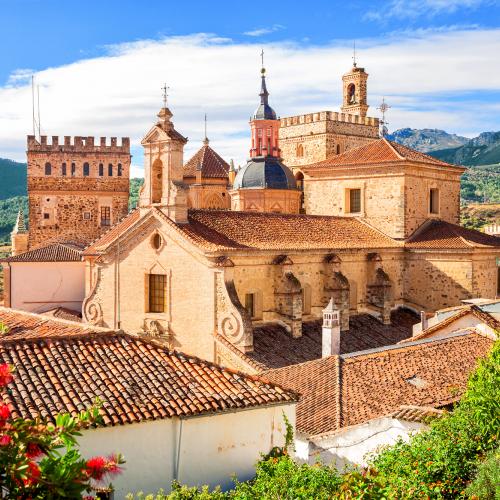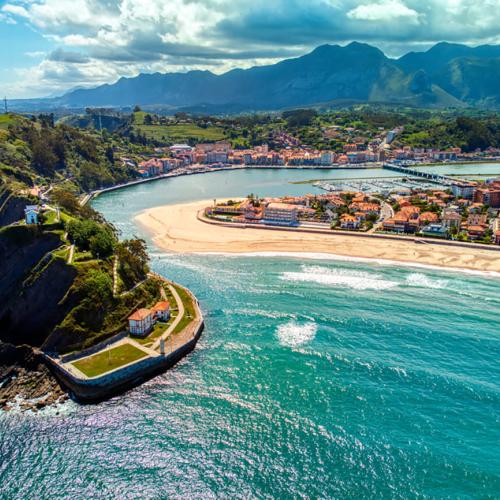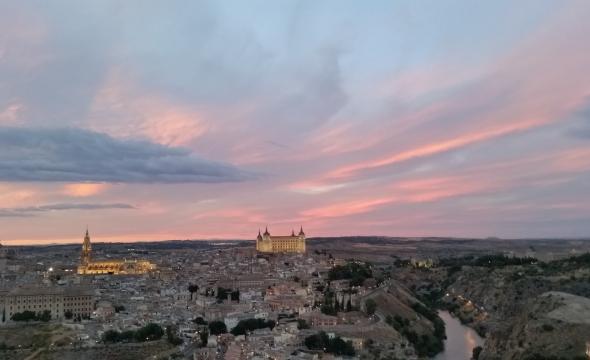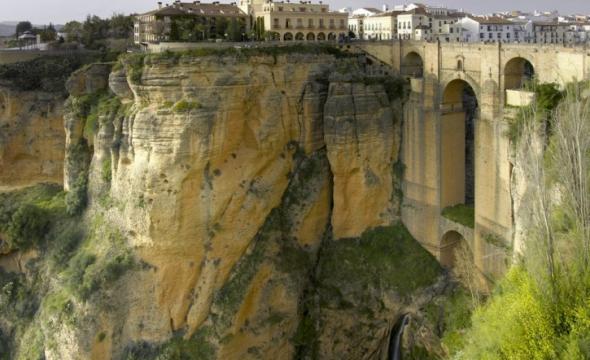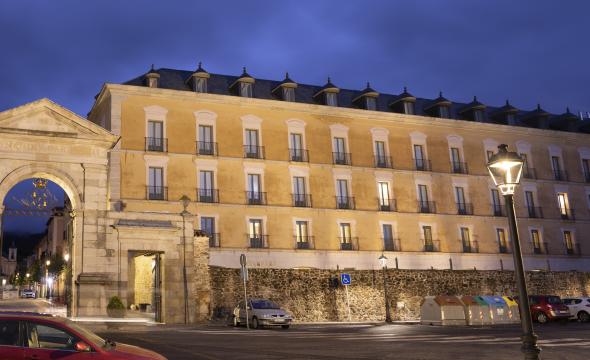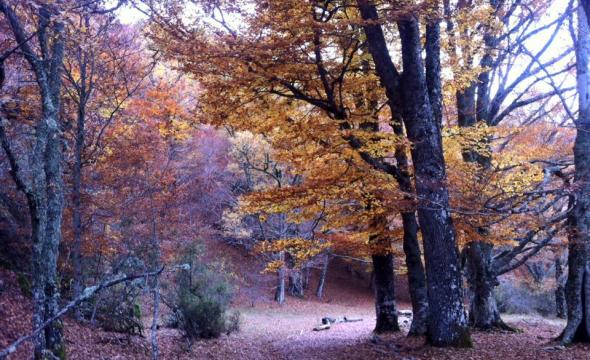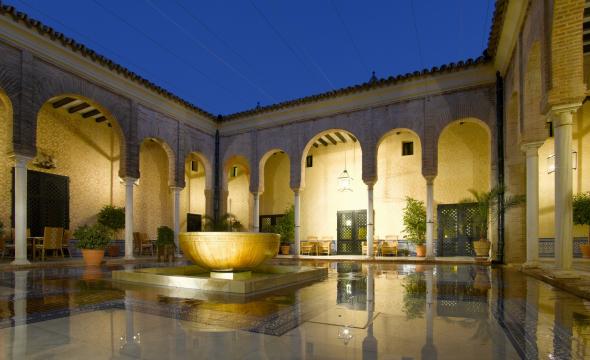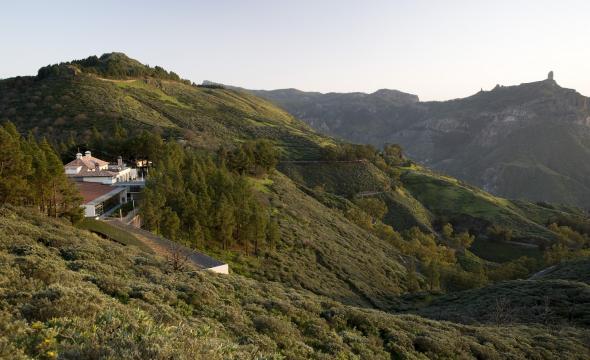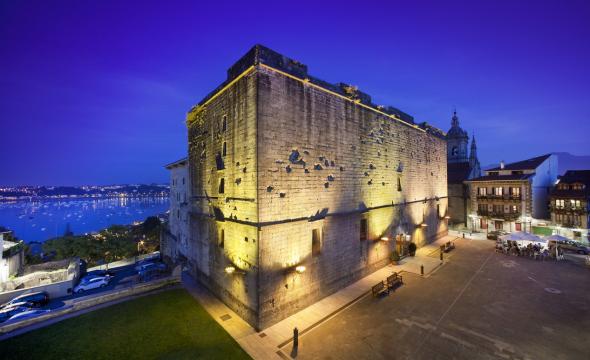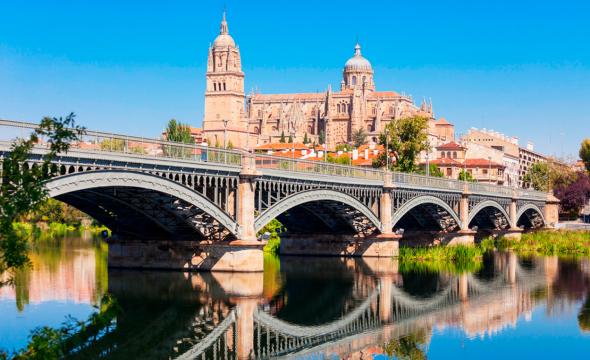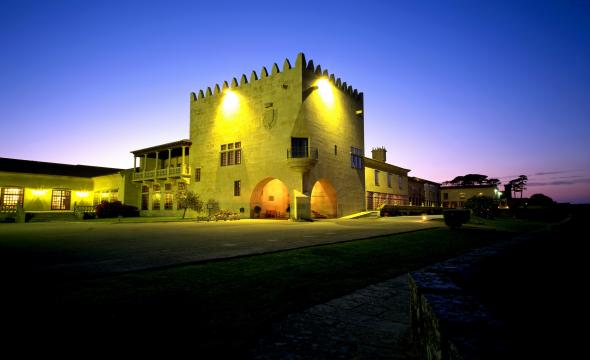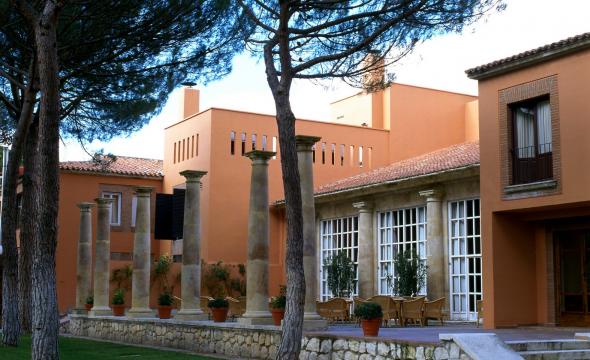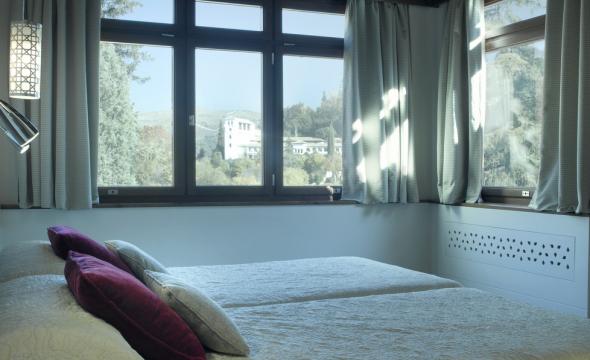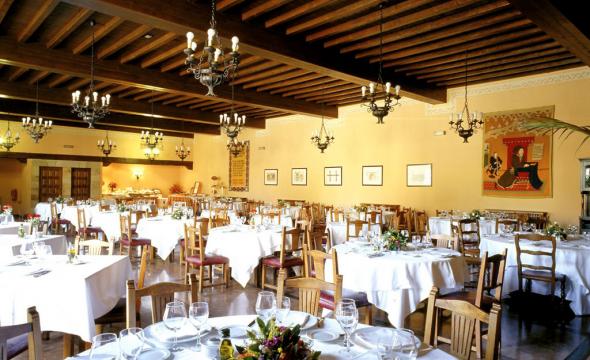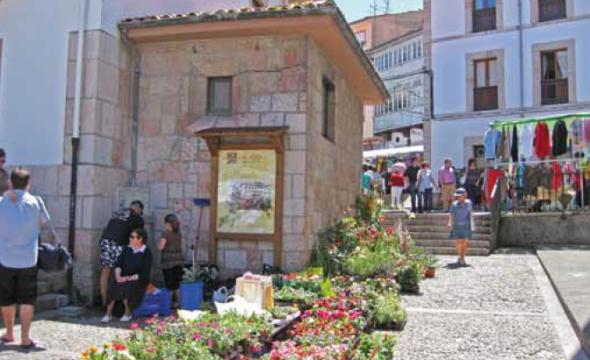The Escorial in Burgos, which dazzled kings, writers and an emperor. A palatial refuge that will amaze you with its marvellous collection of art.
Built on the site of an old medieval castle, the Parador de Lerma, declared an Asset of Cultural Interest, is a 17th-century palace with a lot of history to tell (and up to 210 balconies to look out over). It was built by the Duke of Lerma, a favourite of Philip III and one of the most powerful men of the time. So much so that, thanks to his influence, he managed to add four towers to the palace, despite the fact that this type of building was only permitted a maximum of two towers if it did not belong to a king.
Such was the splendour of this palace that it aroused the envy of the court. This is why many royal and distinguished people of the time chose the place for important events. It was here that Louis de Bourbon, son of Philip V, married Louise Isabella of Orléans. It was also the birthplace of a queen, the Infanta Margarita. Some of Lope de Vega's plays were performed for the first time in its central courtyard. And, strategically located in the centre of Spain, in 1809, Napoleon settled there, setting up his office and his quarters. Can you imagine?
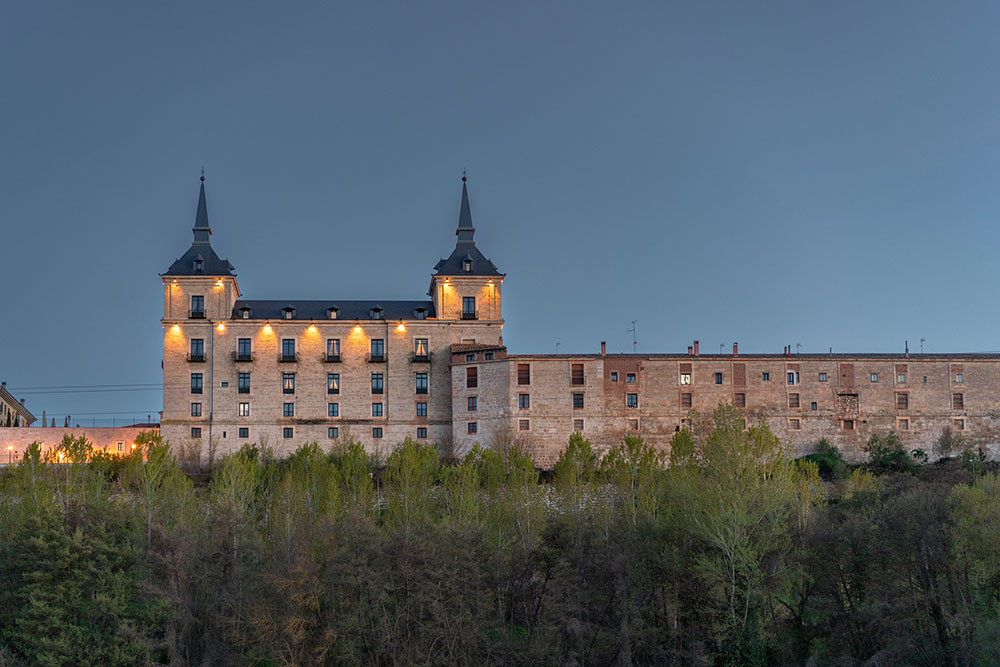
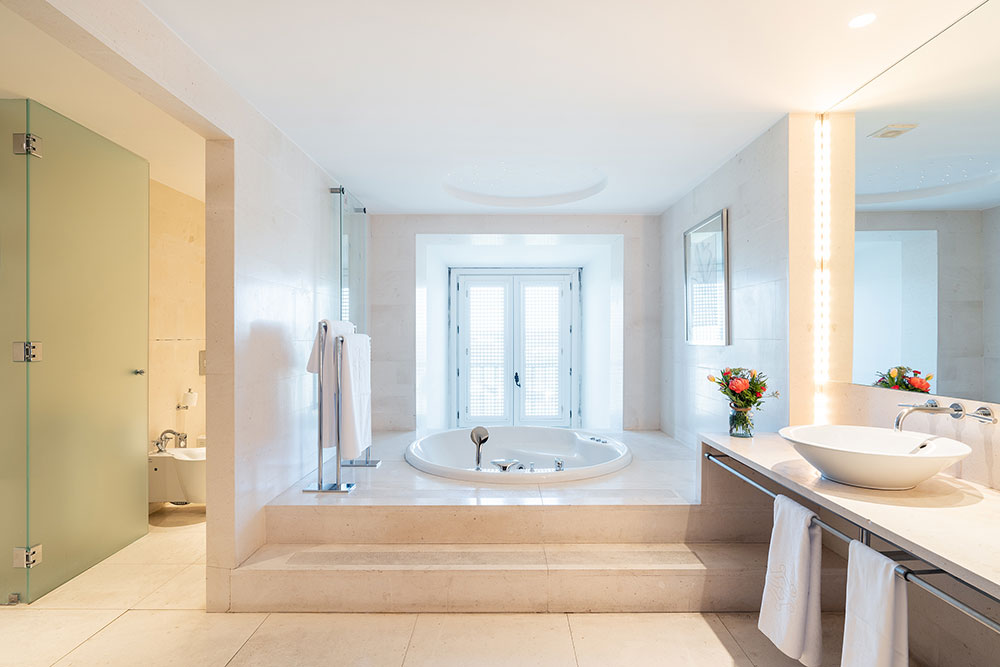
BOOKING AT THE PARADOR DE LERMA
A renewed journey through art
Today you can relive each and every one of these events and sleep under the same roof as the French leader in this accommodation which, in addition to its history, is an example of the rich artistic heritage of Paradores. The collection, of which the Duke of Lerma came into possession has had a great deal to do with this. An extensive exhibition, which began with an inheritance of 27 canvases and eventually reached 2,740 paintings, putting it on a par with the king's own collection, with works by El Greco, Bosch, Fra Angelico, Antonio Moro, Bartolomé and Vicente Carducho, Rubens, Pantoja de la Cruz and Titian, as well as copies of Raphael and Jan van Eyck. Some of these are currently held by the Prado Museum, such as the Equestrian Portrait of the Duke of Lerma, The Annunciation by Fra Angelico and Salome by Titian.
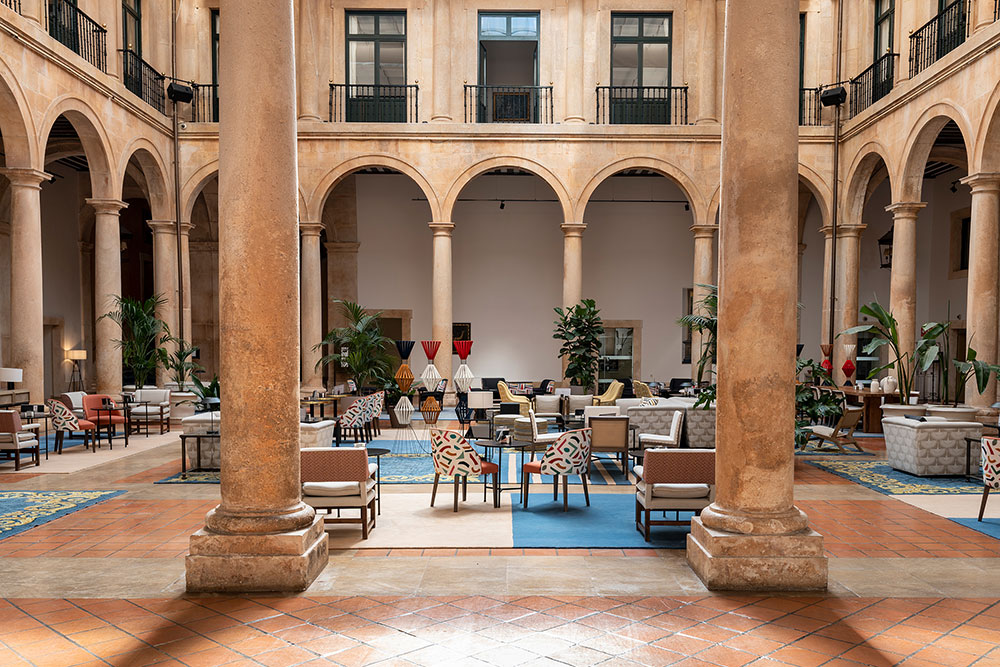
Today, the artistic legacy of the Parador is still as significant as it was in the time of its illustrious Duke. If there is one word that defines Lerma's art collection, it is heterogeneity. The exhibition combines tradition and modernity in a perfect artistic balance in which contemporary pieces reinterpret masterpieces from the history of art with a contemporary perspective. At the same time, the classical art collection with its variety of formats (carvings, portraits, tapestries...) contributes to strengthening the historical character of this building that has witnessed important events throughout its centuries of life.
Would you like to find out more about some of these pieces? Let's take a look:
We would like to start our tour with the great carving of the Crowned Virgin, an anonymous work from the 14th century, considered one of the most valuable in Paradores due to its size and antiquity, which masterfully combines the hieratic attire, characteristic of the time, with the naturalness of the Virgin’s smile. Of course, the best thing to do is to see it for yourself.
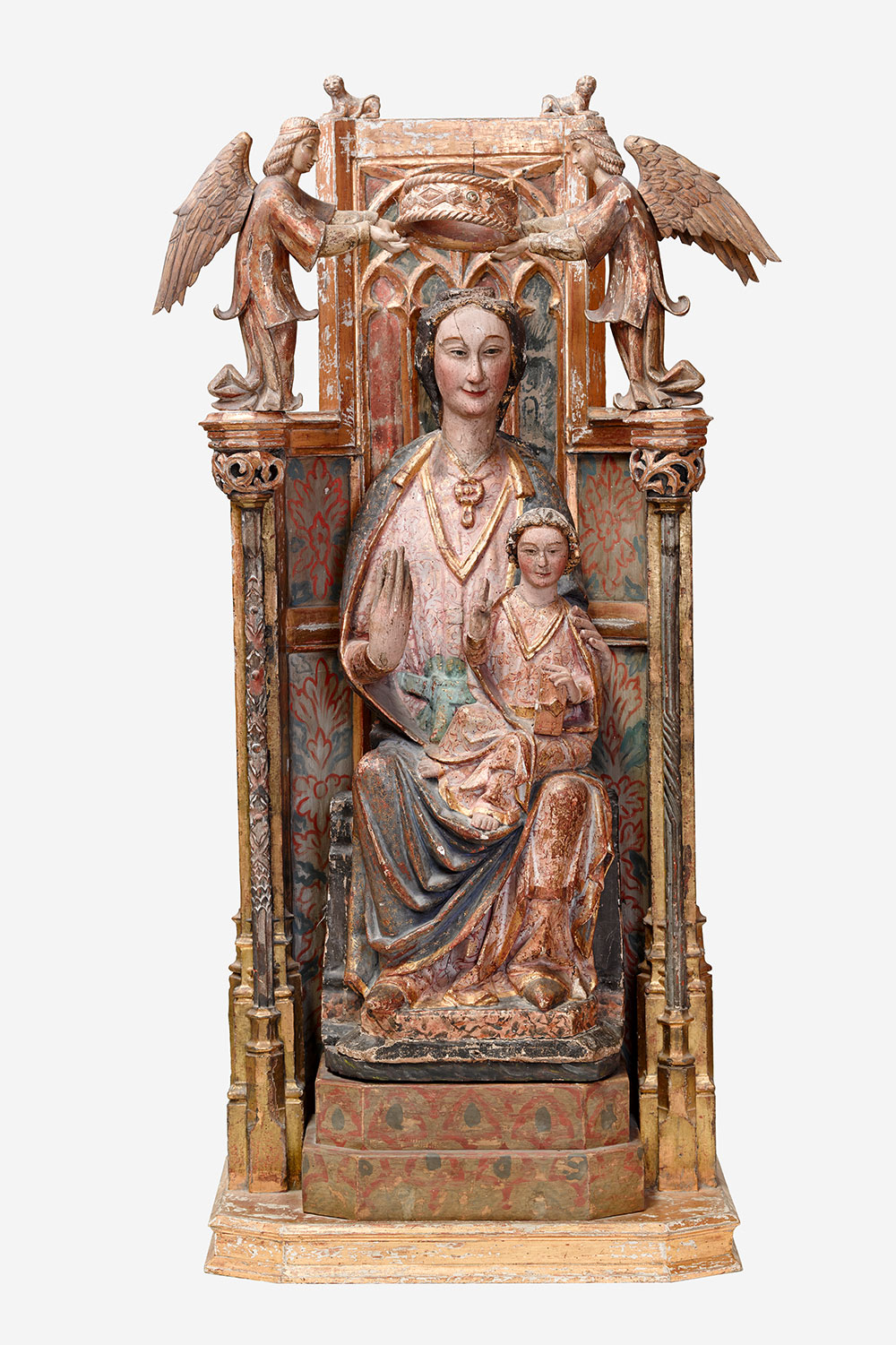
Another of the Parador's classic gems that should not be overlooked is a large tapestry, also Flemish, depicting one of the episodes in the life of Alexander the Great. Made of wool, silk and silver thread by the weaver Frans Van den Hecke in the 17th century, following the model of the French painter and art theorist Charles Le Brun, the scene represents the battle of the Hydaspes fought by the famous Macedonian king in which he defeated King Poros, depicted wounded in the scene and held by several men, who lead him before Alexander, mounted on horseback on the right. Without a doubt, a marvel not to be missed.
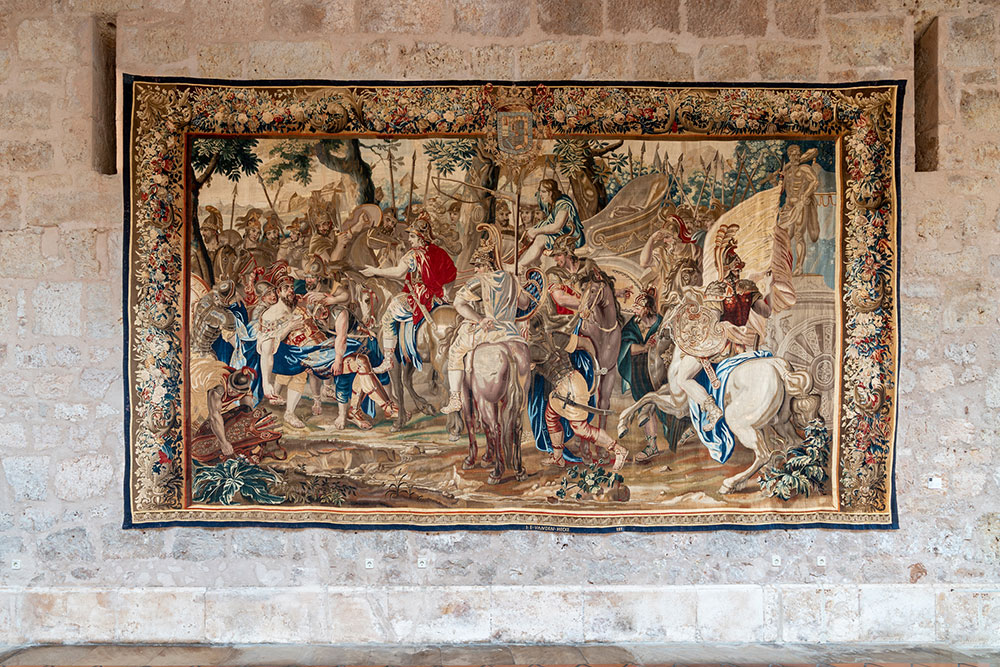
Both pieces, together with others such as a Portrait of a Man by Van Dyck or a copy of Salomé by Titian, offer the best perspective for contemplating the contemporary works on display on these walls in Burgos. Yes, yes, contemporary work as well. This is represented by three national artists who use different languages (abstraction and figuration) and techniques (painting/photography) to explore the artistic past.
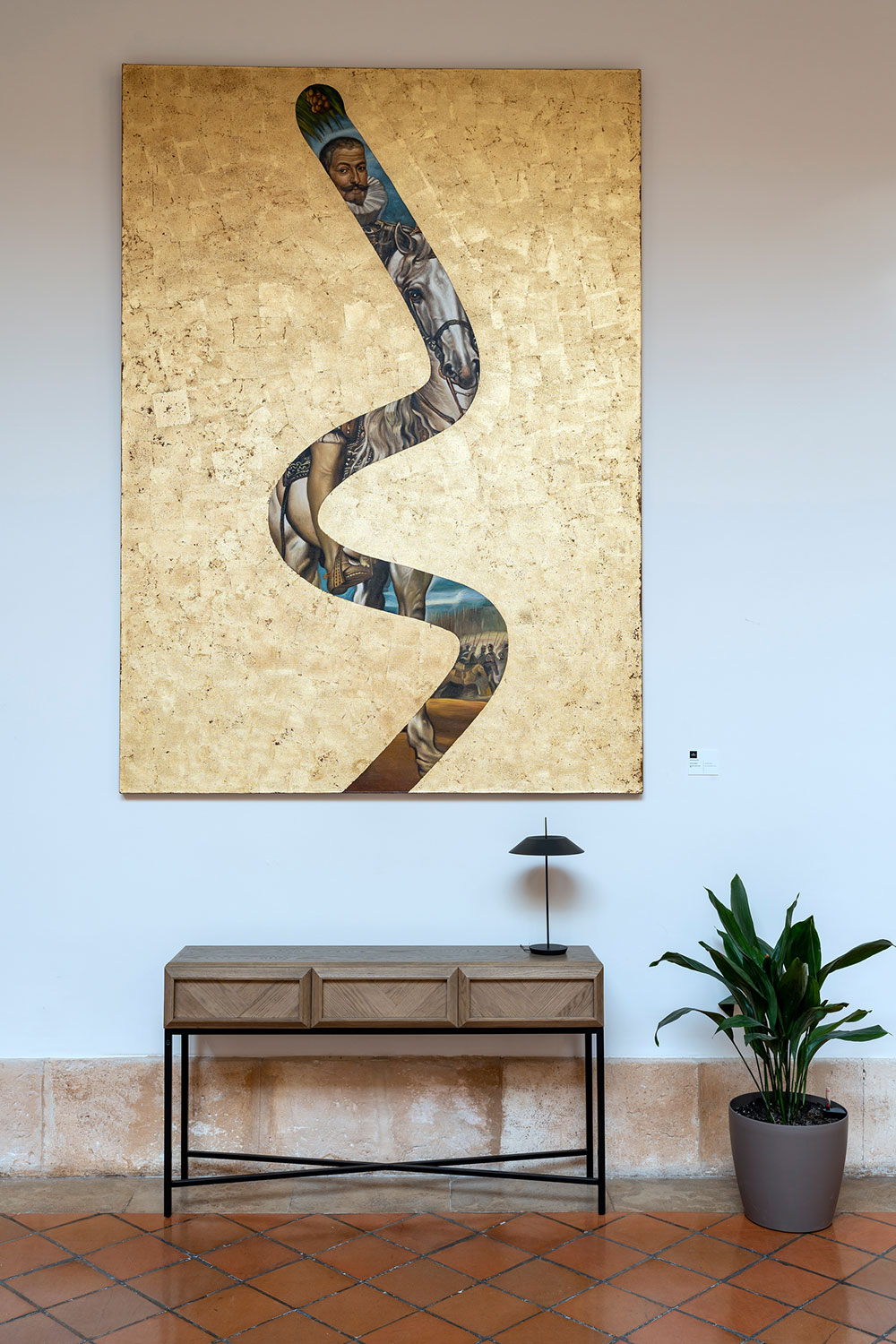
The first is Lino Lago, who portrays in oil and gold leaf on canvas the dialogue between classical figurative painting, represented in the Equestrian Portrait of the Duke of Lerma by Rubens (on display at the Prado), and contemporary abstraction, in a humorous and ironic way. The result is this unique and innovative work from the Fake Abstract series, which you can find at the Parador.
José Manuel Ballester is another of Lerma's contemporary art exponents. In his Lugar para una Anunciación (Place for an Annunciation), a digital print on canvas made in 2007, the figures from Fra Angelico's The Annunciation (1435), also in the Prado, are removed from the scene and the spaces take centre stage, with the aim of losing the temporal reference and making the imagination work to complete the piece.
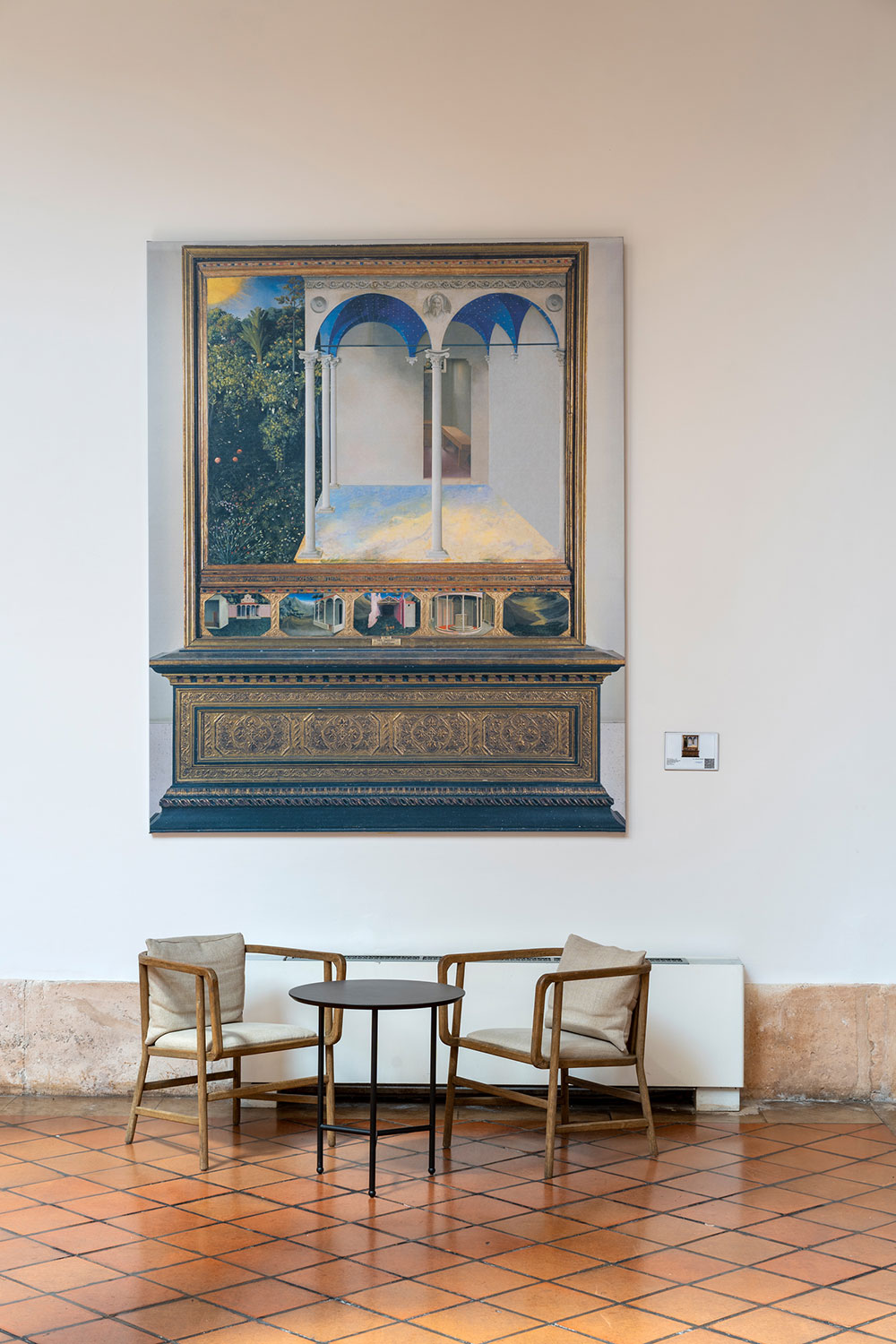
We do not want to reveal too much so that you can discover it in situ, but there is much more. Like the two works by Rubén Rodrigo, Study for a Crucifixion after El Greco I and II, which interpret with an abstract perspective, in oil on canvas, the moment of Christ's expiration on the cross so masterfully portrayed by the famous Cretan painter (one of the artists who, by the way, formed part of the Duke of Lerma’s collection).
Touring the area
Isn’t it exciting? And we have only talked about the inside of the Parador. The surrounding area is also worth mentioning. Without leaving Lerma, there is an important network of convents and monasteries with which the Duke also had close conections, including the Collegiate Church of San Pedro (with a guided tour), the Convent of San Blas-Dominicas, where they sell ceramics; the Convent of La Ascensión, where you can buy sweets; or the Plaza de Santa Clara. And, leaving the town, just over 30 kilometres away you can visit Santo Domingo de Silos and Quintanilla de las Rubias. These are places you can visit by bicycle, as Lerma is one of the Paradors adapted for cycle touring. It has a repair workshop, washing area, personalised routes and much more so that you can continue to enjoy cycling at your favourite destinations.
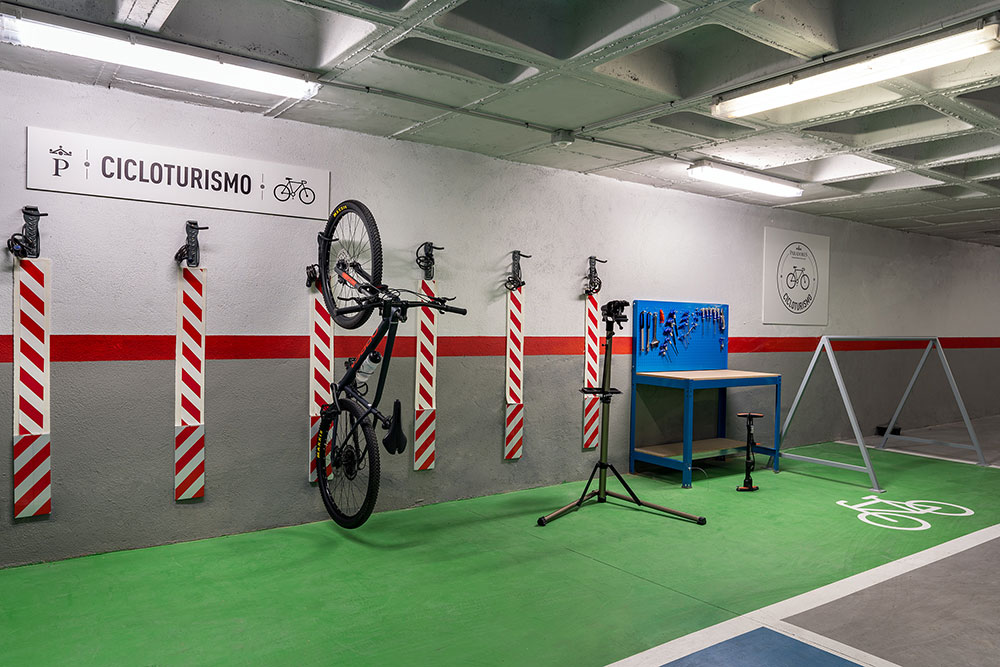
From the grape harvest to the rutting season
We have talked about history and art. And even cycling. But the Parador de Lerma and its surroundings can offer you much more. Just half an hour away you can visit Aranda de Duero and enjoy one of the best DOs, Ribera del Duero, at the 6th edition of the Grape Harvest Festival. This takes place between 22 and 23 September and you can listen to live music (rock concert and performance by Alba Reche), take part in family activities, witness exciting tributes, such as the presentation of the Ribereña of the Year 2023 award to the actress Lola Herrera, and, of course, sample some good wine.
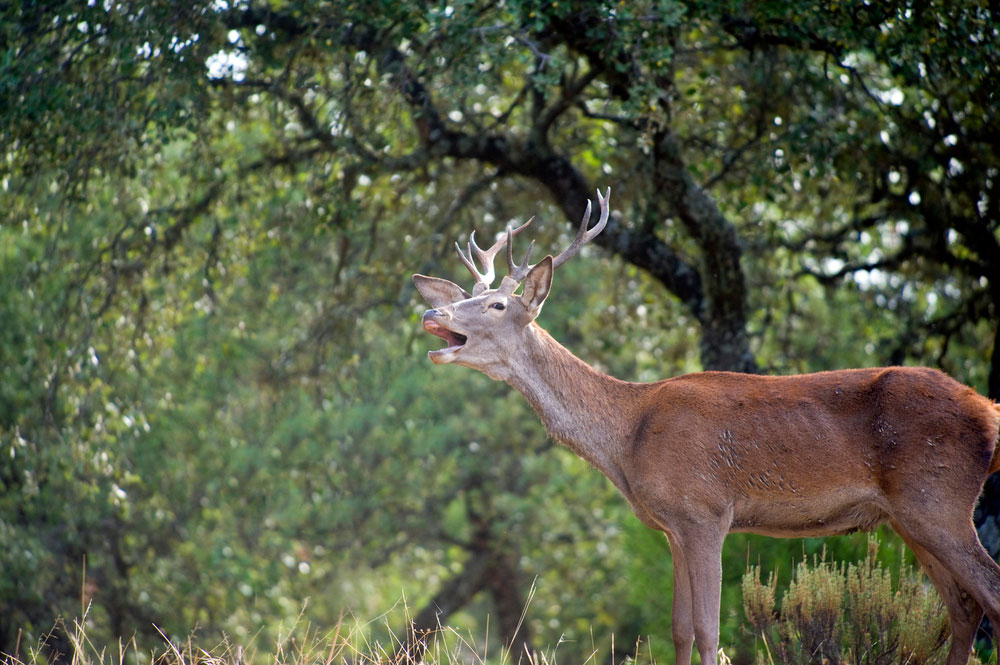
Are you missing nature? Witness the bellowing rut in the Sierra de Neila Mountains, just over an hour from the Parador, for an unforgettable experience in an incomparable setting. Just remember to bring your binoculars!
Bon appetit
With so much activity you may have worked up an appetite, so we return to the Parador to conclude this tour, and sit down at the table of its Mayorazgo Restaurant to sink our teeth into a good roast, suckling lamb and Burgos black pudding. The best Castilian cuisine, complemented by the gastronomic space of La Bodeguita de Enmedio, more informal but still excellent.
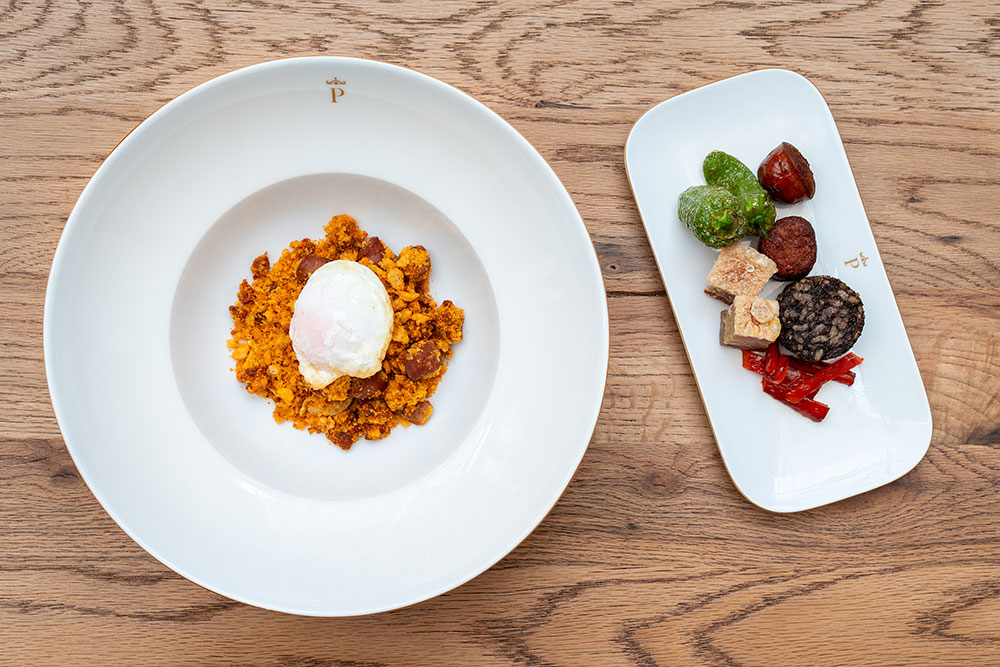
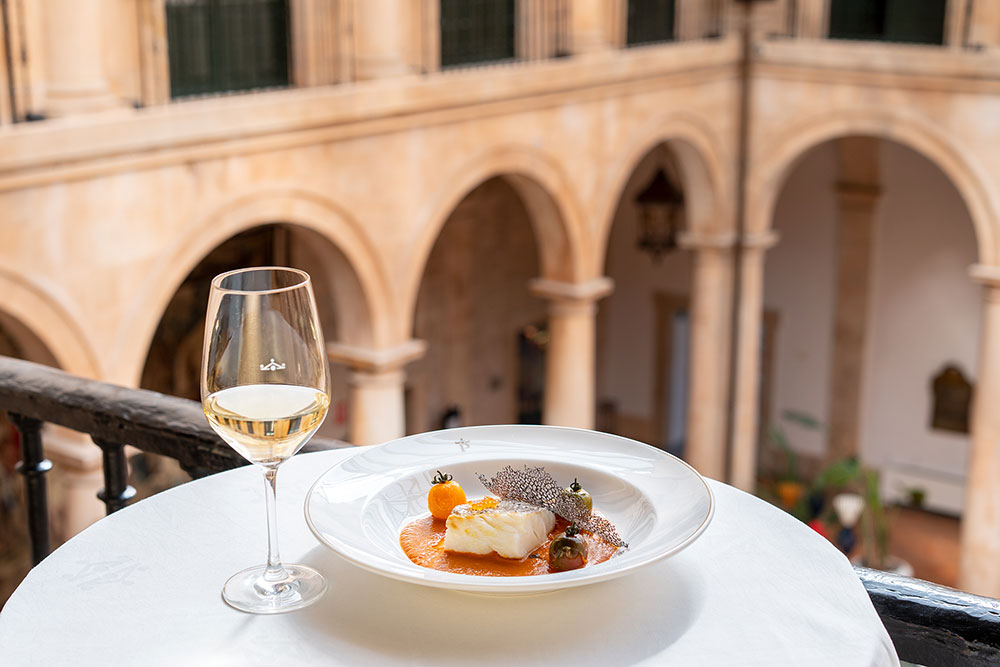
This trip to Lerma will be unforgettable...

